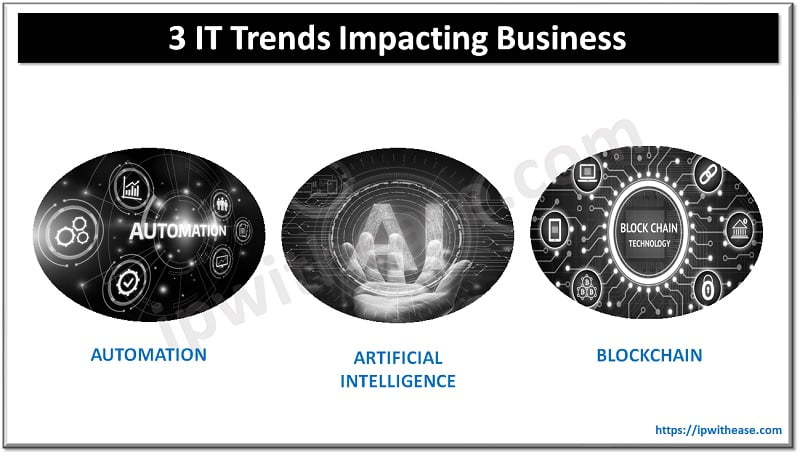Need of the hour! Cybersecurity Awareness training
The modern news media is full of stories about companies falling prey to hacking attempts or phishing scams. Fortunately, robust cybersecurity training, such as CISSP training, can help your company or agency avoid a similar fate.
When it comes to your agency’s cybersecurity, the human element is just as vital as the technical one.
List of Best Practices For Cybersecurity Awareness Training
Here are seven cybersecurity training best practices to help keep your networks secure.
Inclusive, relatable cybersecurity training
One of the leading issues with the effectiveness of cybersecurity training is the language. In many cases, it tends to use overly technical words for the average trainee. This barrier to understanding will lead employees to retain less of the training and convince themselves that cybersecurity doesn’t have anything to do with their jobs. Using simple, accessible language, you can teach your employees how to keep their computers secure.
Cybersecurity training also needs to be hands-on. Employees will have a greater chance of learning to practically apply their skills if they practice them in a physical setting.
Perform frequent audits
Performing frequent audits will give you an idea of where your company is vulnerable to a cybersecurity attack and how you can improve as a company.
The first (and most significant) step to performing an audit is to check employee workstations. This pre-audit will include checking for software that isn’t in line with cybersecurity practices or if the employee at the workstation uses a password management tool. This step can be performed either remotely or in person.
Second, it is good practice to regularly check desk surfaces for sensitive information, such as a password left on a post-it note.
Create company policies with cybersecurity in mind
If you are going to be encouraging cybersecurity in your business, then work it into your company’s policy. This policy inclusion can cover various aspects of cybersecurity, including mandating a password manager and a clean desk policy.
A clean desk policy stipulates that when an employee is away from their desk (whether on break or for the day), they should tidy away sensitive information on their desk surface.
Provide continuous training
Cybersecurity is ever-evolving, and as such, so should training. It is beneficial to keep employees up to date on best practices.
Secondly, continuous training allows for microlearning, which breaks down learning into smaller bites to make it easier for employees to take in and follow.
Offer password security training
Cybersecurity starts with a strong password. Employees should create long passwords using multiple cases and character sets. Better yet, a password manager can build strong, secure passwords and store them for your employees so that they don’t feel the need to save them in plaintext or write them down.
Include cybersecurity training with onboarding
Cybersecurity should be a part of every employee’s experience with your company from day one. Integrating training with onboarding will ensure that even new employees don’t inadvertently create holes in your security or fall prey to a phishing scam.
Give opportunities to practice
Much like a fire drill, you can run drills for cybersecurity practice. It may be easy for employees to notice a phishing attempt in a controlled training environment, but catching one in the middle of a busy workday is more challenging.
Give your employees chances to practice their new skills to maintain your business’s cybersecurity.
Wrapping up
Just like you wouldn’t want employees to leave doors and safes unlocked, you don’t want your workers to compromise your agency’s cybersecurity. Incorporating these best practices of Cybersecurity Awareness training can help you keep hackers out of your system.
Continue Reading:
Managed Detection and Response (MDR) – Cyber Security
SASE (Secure Access Service Edge): Cyber Security
ABOUT THE AUTHOR
IPwithease is aimed at sharing knowledge across varied domains like Network, Security, Virtualization, Software, Wireless, etc.



